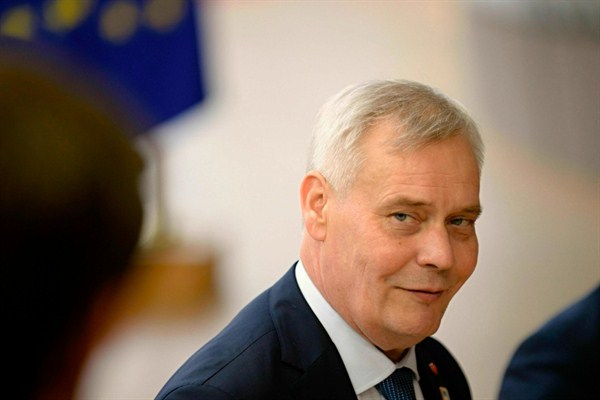A new five-party coalition government was formally appointed in Finland earlier this month, led by Prime Minister Antti Rinne. Rinne’s Social Democratic Party narrowly won legislative elections in mid-April with only 17.7 percent of the vote, leading it to partner with four smaller parties to form a left-leaning majority coalition in the Parliament. But the far-right populist Finns Party placed a close second in the elections with 17.5 percent, and it has emerged as the most popular party in Finland in recent public opinion polls. In an email interview with WPR, Teivo Teivainen, a professor of world politics at the University of Helsinki, explains what is behind the Finns Party’s rising popularity and what to expect from the new coalition government.
World Politics Review: What were the key issues motivating Finnish voters in April’s election? How did the Social Democrats manage to come out on top?
Teivo Teivainen: Finland’s previous government, led by the traditionally agrarian-based Center Party, had been in power since 2014. It was exceptionally right-leaning by Finnish standards, and had made several controversial welfare cuts. Many analysts believed the Social Democrats were poised to do well in the most recent election. The political debate before the election was often about why their support as the main opposition party was not higher.

